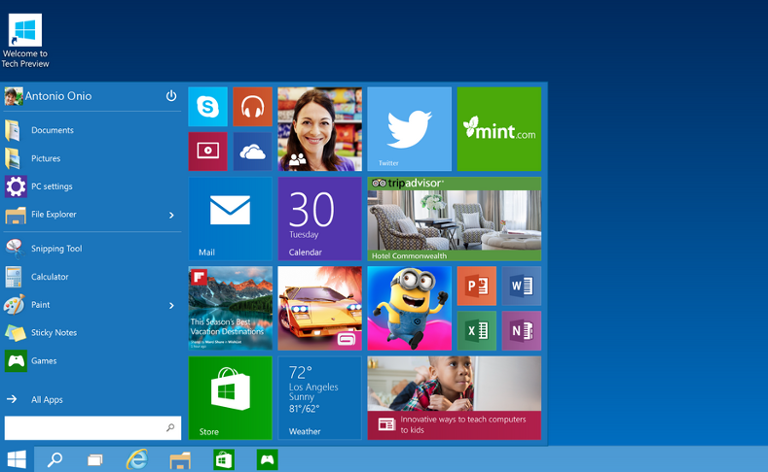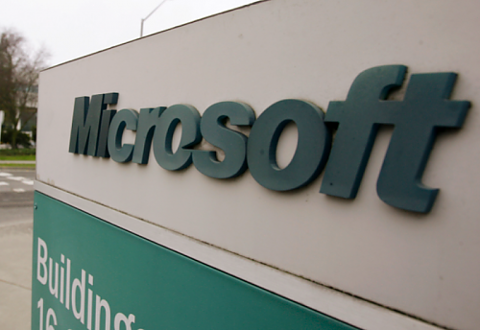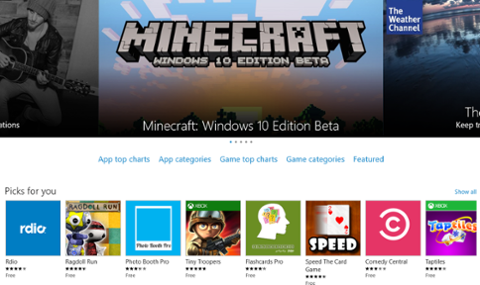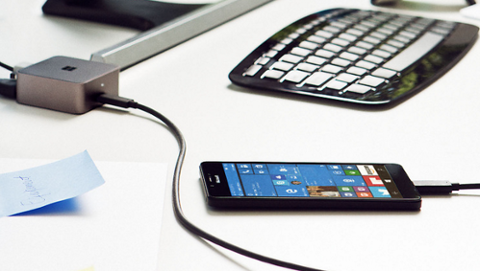For years, Microsoft concentrated on cornering the PC market, believing that would lead it to dominate the tech industry as a whole. That was a strategic error, according to Microsoft CEO Satya Nadella. “If anything, one big mistake we made in our past was to think of the PC as the hub for everything for all time to come,” he said in an interview with ZDNet. “And today, of course, the high volume device is the six-inch phone. I acknowledge that.” Microsoft’s mission, Nadella added, is to figure out “what’s the next bend in the curve” when it comes to computing experiences. In the meantime, he’s trying to sell Windows as a unified ecosystem, from smartphones through table-size screens and next-generation devices such as the HoloLens, as opposed to something that exists solely on laptops and desktops. “I have a Band. I have my phone. I have my Surface. I have my Surface Hub and I’ll have a HoloLens,” he said. “And that to me is all Windows 10. And I’ll seamlessly move between all of these.” Transforming Windows into the seamless glue uniting a variety of devices, however, represents a sizable engineering challenge—even for a company as large as Microsoft. Nadella claims that, once Windows 10 hits the market later this month, developers and tech firms that build universal Windows apps—theoretically available on all sorts of form factors—will have easy access to a billion customers. But developers themselves will probably wait to see how effectively Microsoft pulls off its latest transformation before devoting the time and resources to building for a whole ecosystem. The other big question is how apps will work when pulled and pushed onto a variety of form-factors.



